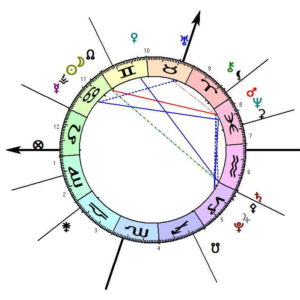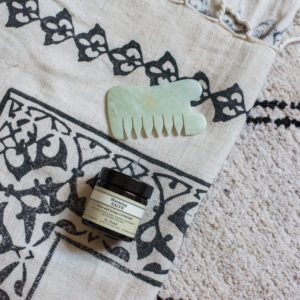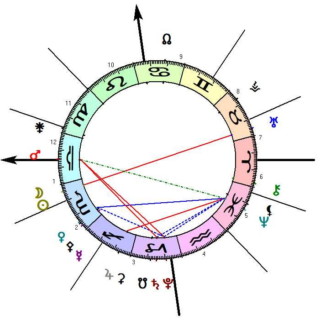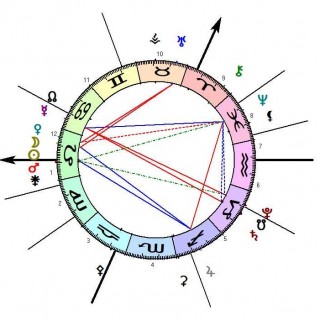Chinese medicine divides the cold and flu into wind-cold and wind-heat types. Identify your symptoms and put these home remedies to the test.
The tips are not related to the coronavirus in any way nor are they intended to replace medical treatment.
In January, I began my 3.5-year studies at the Academy of Chinese Medicine in Finland to qualify as an acupuncture specialist, and will be sharing snippets along the way that may be of interest to you as well.
I attended a lecture on different cold and flu types a couple of weeks ago. One of the most fascinating aspects of Chinese medicine is the eight principles used to categorise and understand symptoms and steer the course of treatment. The eight principles define whether symptoms are internal or external, hot or cold, empty or full, and yin or yang. Each principle is divided into further subcategories, so learning to make a diagnosis requires acknowledging plenty of different factors.
I wanted to share some flu remedy tips combined with easy gua sha instructions for you to practice at home.
Colds and flus are divided into wind-cold and wind-heat types:
Wind-cold
The wind-cold type usually begins with aches and stiffness around the neck and shoulders. It often occurs as a result of excessive air-conditioning, wind and drafts. Symptoms may include sneezing and clear phlegm as well as feeling cold, achy and shivery. You don’t perspire or feel particularly thirsty. You may have a mild temperature, but not a fever as such.
Treating a wind-cold type cold or flu
When a wind-cold type cold or flu strikes, act quickly to stop it in its tracks before symptoms get worse. Heat is the best remedy, so sweat out the pathogen (in this case resulting for instance from a draft or air conditioning).
Get your body warm by taking a sauna, hot shower or bath. Then wrap up in warm clothing and snuggle under a blanket. You could also try steam inhalation. Enjoy plenty of hot fluids: boil up some water and add fresh ginger, spring onion, cinnamon and a dash of manuka honey. Follow these steps especially in the evenings when symptoms usually get worse.
Without early intervention, the wind-cold type can lead to a full-blown cold or flu. Sometimes it can turn into the wind-heat type.
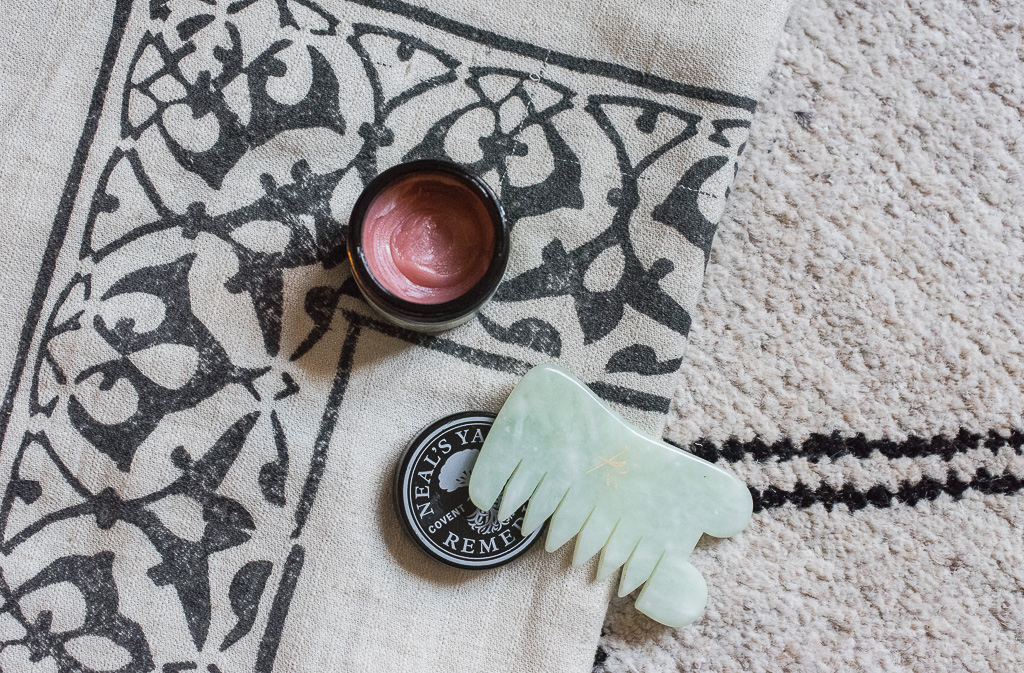
Wind-heat
In a wind-heat type cold or flu, the throat is sore and phlegm is thick and yellowish. You may have a high fever. The mouth is dry and you feel thirsty all the time. You may also have a headache and perspire. Shivering and general achiness are not as common as in the wind-cold type.
Treating a wind-heat type cold or flu
In a wind-heat type cold or flu, the body needs to be cooled down – not so much by going out, but by skipping remedies like ginger or having a sauna. Enjoy plenty of fluids, especially soups. Vegetables have a cooling effect, so opt for plant-based foods. Recommended drinks include infusions with peppermint and dried chrysanthemum flowers (available at Asian supermarkets). Celery, strawberry and mulberry counteract wind-heat.
Gua sha tips for treating a cold or flu
Gua sha can relieve symptoms for instance if you have a common cold, sinus infection, runny nose, cough or bronchitis. Treated areas include the back of the neck, shoulders, upper back and chest.
Gua sha in traditional Chinese medicine is very different from facial gua sha, as it is intended to create red areas or petichae called sha on the skin. These red spots can appear severe and painful, but gua sha doesn’t actually cause pain or require brute force. The sha remains on the skin for 3–4 days.
Sha easily appears on areas of the skin where pathogens are present. Typically it takes a few strokes with a gua sha tool before sha appears. Continue scraping until the sha no longer gets stronger. Apply 20–30 strokes in each area before moving to the next – the exact number depends on the applied strength. Make sure you have a firm grip, but don’t add force – the idea isn’t to apply pressure all the way to the muscle.

You will need a gua sha tool (Yin Your Skin® gua sha comb works best) and lubricant. For traditional gua sha, I recommend salves by Neal’s Yard Remedies. They blend aromatherapy and herbal medicine, which boosts treatment.
For a wind-cold type cold or flu, use the Warming Salve, which includes e.g. St. John’s wort, ginger, cayenne, sage and rosemary.
For a heat-cold type, go for Eucalyptus Salve, which includes cooling eucalyptus, pine, tea tree and Ravensara oil. The salve is also good for inhaling vapours.
For general achiness and neck, shoulder and back pain, try Arnica Salve, which includes muscle-relieving arnica, rosemary, ginger, lavender and comfrey.
Gua sha instructions:
– Spread the salve over the area to be treated, like the neck, shoulders, chest and upper back.
– Use a downward motion for the neck and shoulders; outward motion for the chest; and downward motion for the upper back working in rows along the spine towards the sides.
– Hold the gua sha tool at a 20-degree angle and apply 15–20 cm long downward strokes.
– Apply 20–30 strokes in each area before moving to the next.
– After finishing, cover treated areas under long-sleeved clothing and protect skin from direct sunlight, cold and wind.
– After treatment, avoid cold, acidic and salty foods and liquids.
– You can do another round once the sha has disappeared completely.
– After treatment, clean the gua sha tool with soap and water, and disinfect if you wish.
Contraindications
Gua sha is not suitable for:
– Areas with skin damage (bruises, rash, sun damage, etc.)
– Over raised moles or blemishes (cover with a finger or the other hand, or work around the area)
– If you have one of the following conditions: blood clot, aneurysm or vascular disease
– If you have a blood clotting disorder
Following the lecture, it was interesting to note that I’m typically prone to wind-cold type colds and flus, which I’ve been treating with steam inhalation and ginger infusions over the last few years. If I’ve taken these steps early enough, symptoms have soon disappeared. I haven’t come down with wind-heat type colds or flus very often, but they’ve tended to be more persistent.
What type of colds and flus are you prone to?
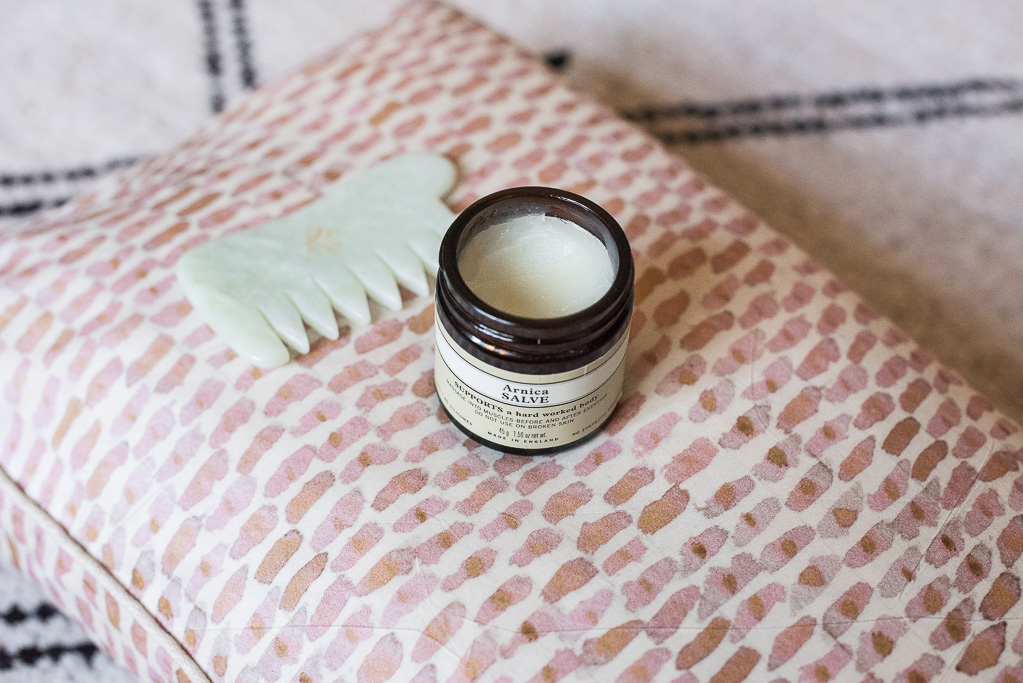
Sources:
Training materials of the Chinese Medicine Academy in Finland
Arya Nilsen: Gua sha – A Traditional Technique for Modern Practice
Photos Katja Kokko

